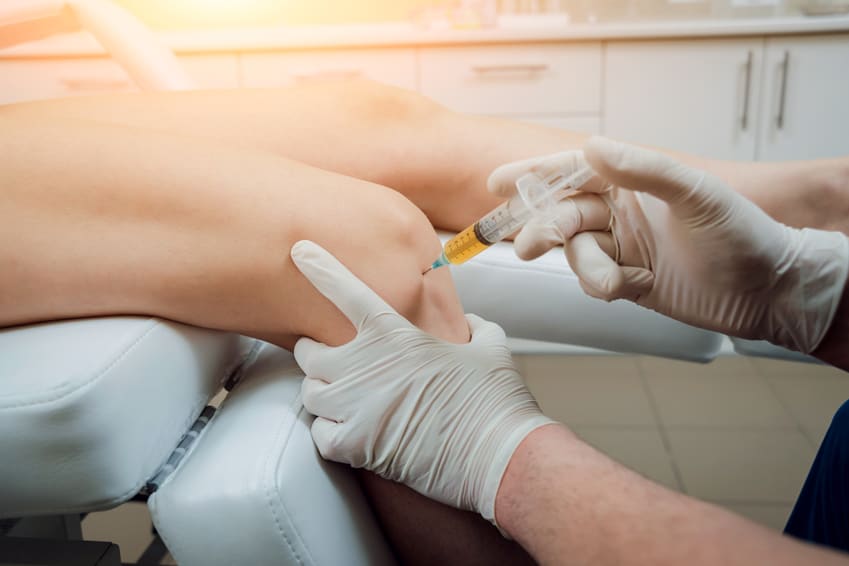If you’ve never heard of Platelet-Rich Plasma (PRP) Therapy, now is the time to get familiar.
PRP therapy is another “arrow in the quiver” of treatments for degenerative orthopedic conditions such as arthritis. Relatively non-invasive, convenient, with few, if any, side effects, arthritis sufferers should explore PRP therapy prior to considering surgery.
PRP’s Benefits
PRP therapy has been applied in the dental field since the 1980s, but its use has expanded in recent years. Doctors and patients are singing the praises of regenerative medicine, including PRP and stem cell therapies.
Arthritic joint pain is due to the gradual wearing away of protective cartilage. This results in bones rubbing together, causing painful inflammation and tissue damage. PRP therapy can be used to help restore the cartilage that is so essential for pain-free movement.
Many PRP therapy patients have enjoyed tremendous relief, restoring function to cartilage, tendons, ligaments, muscles, and bone. See this article from the National Institutes of Health.
How Does It Work?
PRP therapy involves simply drawing blood, as you would at a typical physical exam. Your blood is then run through a centrifuge, allowing the extraction of concentrated growth factors and proteins. The platelet-rich material is then injected into the targeted area, such as a hip or knee joint.
The treatment may require a few weeks to take effect, and repeating the procedure may also be necessary, but patients can potentially experience pain relief in the long run without invasive surgery.
PRP Therapy Vs. Stem Cell Therapy
Stem cell and PRP therapies are similar in that they greatly exploit and accelerate the healing powers of our own body. PRP therapy, however, is a quicker and simpler procedure. Instead of extracting stem cells from fat tissue or bone marrow, PRP therapy only requires drawing a patient’s blood.
Again, PRP treatments take time to work, and may need to be repeated to achieve the desired effect – similar to stem cell therapy. So it is advisable to give it enough time before resorting to surgery.
Insurance May Cover It
Check with your insurance provider to discover if PRP therapy is compensated. Some insurance plans may actually pay for out-of-network PRP treatments.
In summary, Platelet-Rich Plasma Therapy can be a safe, effective and convenient option for patients suffering from joint pain, and is worthy of exploration.





